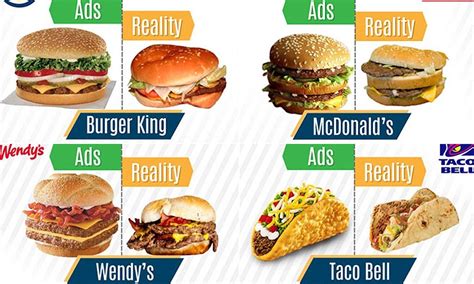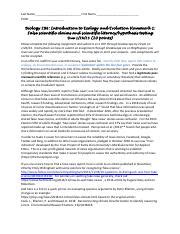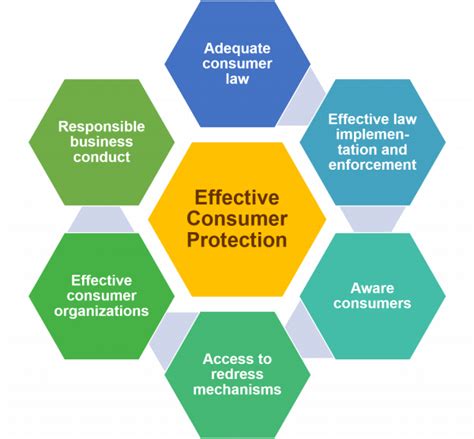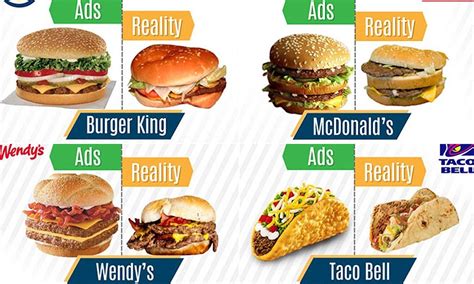Understanding the Signs of False Advertising: A Guide for Consumers
What is False Advertising and Why is it Harmful?
False advertising involves the use of misleading, deceptive, or untrue statements about a product or service to encourage consumers to make a purchase. It’s a tactic used by some companies to boost sales by creating a misleading impression of their products. The potential harm of false advertising extends to both the consumer, who may feel tricked into a purchase, and to the economy, as honest businesses may lose out to misleading competitors.

When consumers encounter false advertising, they may lose trust in certain brands or even the entire industry. To protect consumers, laws and regulations have been established to identify and punish those who engage in deceptive advertising practices.
How Can You Identify False Claims in Advertising?
Identifying false claims in advertising can sometimes be challenging, but there are several signs to look out for that can help you spot deception. Here are key aspects to consider:
- Unverified Claims: Look for phrases like “scientifically proven” or “guaranteed results” without specific evidence backing them.
- Overly Positive Testimonials: Over-the-top reviews or testimonials may be fabricated. Be cautious of glowing reviews that seem too good to be true.
- Exaggerated Performance Claims: Claims like “best product ever” or “miracle solution” should always raise a red flag.

Using a critical approach and checking for verifiable details can help consumers avoid falling for misleading claims. Websites like the Better Business Bureau (BBB) or consumer watchdog organizations can provide reviews and alerts for products with misleading claims.
What Are Some Common Techniques Used in False Advertising?
Companies may employ a variety of tactics to create misleading impressions. Some of the most common techniques include:
| Technique | Description |
|---|---|
| Bait and Switch | Advertises a product at a low price to attract customers, then tries to sell a more expensive item. |
| Hidden Fees | Fails to disclose additional costs, making the final price much higher than advertised. |
| False Free Claims | Claims a product is free but requires payment for hidden fees or other conditions. |
What Legal Protections Exist Against False Advertising?
Various laws and agencies protect consumers from false advertising. The Federal Trade Commission (FTC) in the United States, for example, monitors advertising practices and penalizes companies that engage in deceptive marketing. Other countries have similar regulatory bodies, such as:
- Consumer Affairs Agency in Japan
- Competition and Markets Authority (CMA) in the UK
- Australian Competition and Consumer Commission (ACCC) in Australia
These agencies help maintain market integrity and protect consumers by enforcing advertising standards and providing resources for reporting deceptive practices.

—
Summary Table of Key Information
| Aspect | Details |
|---|---|
| Common Techniques | Bait and switch, hidden fees, false free claims |
| Legal Protections | FTC in the USA, CMA in the UK, ACCC in Australia |
| Identifying False Claims | Unverified claims, overly positive testimonials, exaggerated performance |
Frequently Asked Questions
How can I report false advertising?
Report to the Federal Trade Commission or local consumer protection agency.
What are the penalties for false advertising?
Penalties range from fines to product recalls, depending on the severity and jurisdiction.
Can false advertising lead to a lawsuit?
Yes, consumers or regulatory agencies can take legal action against deceptive companies.
What is bait-and-switch advertising?
A tactic that lures consumers in with a low-priced item, then tries to upsell a more expensive product.
Are testimonials reliable indicators of product quality?
Not always. Many testimonials can be manipulated or exaggerated.
What should I do if I feel misled by an ad?
Contact the company directly or file a complaint with a consumer protection organization.
What are hidden fees in advertising?
These are undisclosed costs that add to the final price, often found in travel, telecom, and subscription services.



